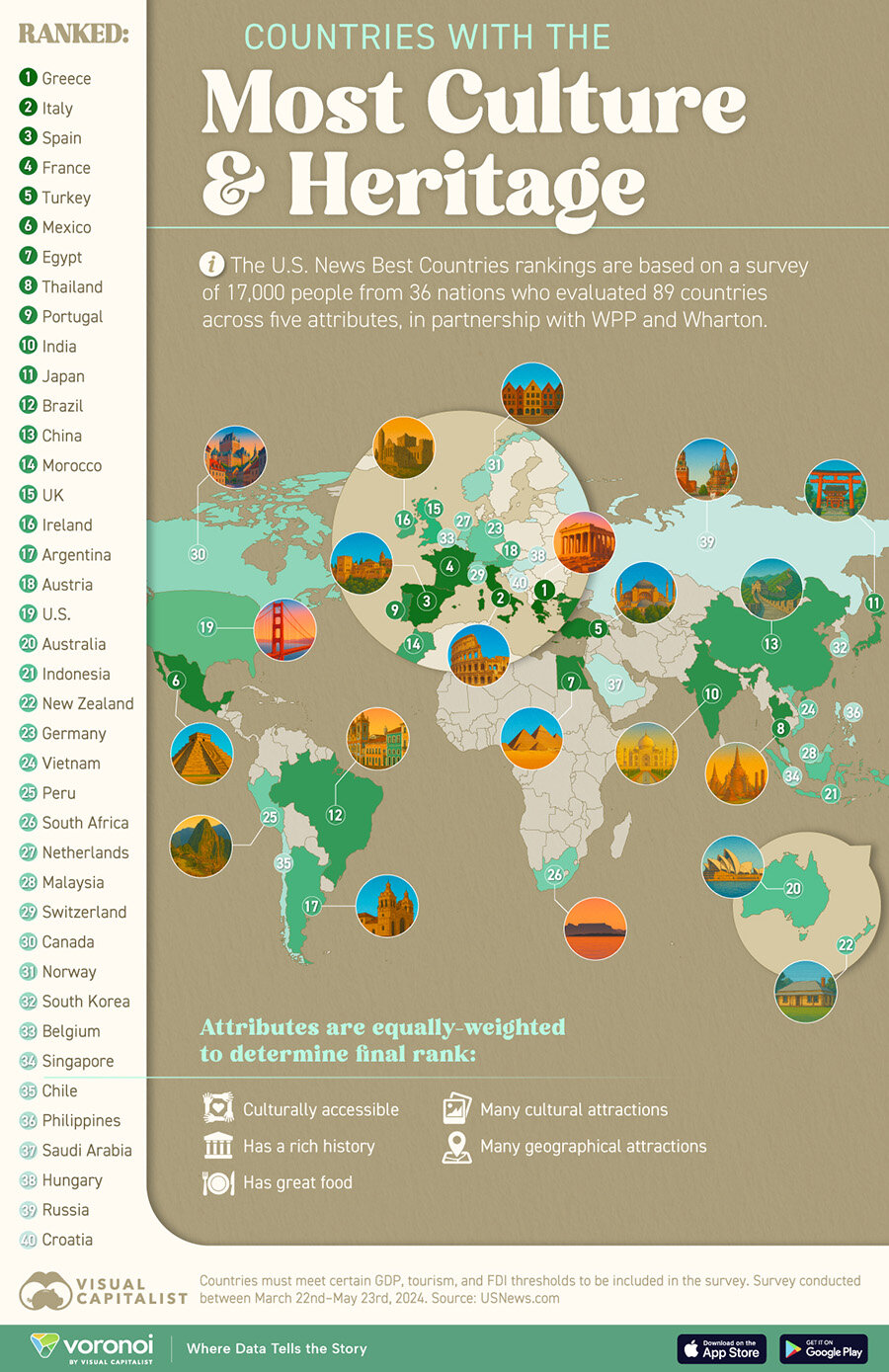читайте также
 Emergency landings in Portugal: rising incidents raise questions about flight safety
Emergency landings in Portugal: rising incidents raise questions about flight safety
 Prime London Property Prices Fall 3.2%
Prime London Property Prices Fall 3.2%
 How EU countries issue Schengen visas to Russians after the new restrictions
How EU countries issue Schengen visas to Russians after the new restrictions
 Construction sector in Georgia slows down after several years of growth
Construction sector in Georgia slows down after several years of growth
 Rising Tourist Taxes in 2026: Japan, Greece, Thailand, Norway, Venice, and Spain — How Much Will Travelers Pay?
Rising Tourist Taxes in 2026: Japan, Greece, Thailand, Norway, Venice, and Spain — How Much Will Travelers Pay?
 New Rules for Obtaining Montenegro Residency: Thousands of Foreigners Risk Losing Their Status
New Rules for Obtaining Montenegro Residency: Thousands of Foreigners Risk Losing Their Status
Tourism & hospitality / Analytics / Research / Ratings / Greece / Italy / Spain / France / Turkey / Egypt / Thailand / Portugal / Armenia / Georgia 09.08.2025
Countries with the Richest Cultural Heritage: Perception Ranking

Photo: Visual Capitalist
U.S. News & World Report conducted a global survey on cultural and heritage perception across countries. The poll took place from March 22 to May 23, 2024, involving around 17,000 respondents worldwide. Ratings were based on five criteria, including historical significance, gastronomy, and cultural attractions.
Each participant was shown a randomized set of countries, selected by GDP, tourism activity, and investment inflows. Responses were normalized and incorporated into the Heritage subranking within the Best Countries project. Part of the results is visualized by Visual Capitalist, highlighting the top 40 countries for perceived cultural richness.
1st Place – Greece
Greece, located in southern Europe, comprises the mainland and numerous islands in the Aegean, Ionian, and Mediterranean seas. One of the world’s oldest and most influential civilizations, it is known as the birthplace of democracy, the Olympic Games, theater, and philosophy. Greek culture shaped unique developments in science, art, social sciences, and cuisine. The country remains a leading tourist destination thanks to its blend of landscapes, architectural heritage, and enduring symbolic appeal. Greece is a member of major global organizations, including the UN, EU, NATO, WTO, and IMF.
Cruise Costs Rise as Greece Introduces New Island Disembarkation Fee
2nd Place – Italy
Italy, in southern Europe, stretches across the central Mediterranean. Renowned for its historic cities, regional cuisine, and natural diversity—including Mount Etna, Europe’s highest active volcano—it is also home to Vatican City and San Marino. Its history dates back to the Etruscans, later absorbed by the Roman Empire. During the Renaissance, Italian city-states were Europe’s cultural hubs. Modern Italy formed in the 19th century. Today, Italy influences global culture through its ancient heritage, art, and fashion industry. Archaeological sites from Greek, Etruscan, and Roman eras span the country, while Italian cuisine remains among the world’s most recognized.
3rd Place – Spain
Spain occupies most of the Iberian Peninsula, the Balearic Islands in the Mediterranean, the Canary Islands in the Atlantic, and two enclaves in North Africa. Formed in 1492 through the unification of several kingdoms, Spain’s colonial expansion brought it to prominence in 16th–17th century Europe. Its cultural identity blends diverse regional traditions, shaping its language, governance, and social life. Spanish achievements include the paintings of Velázquez, Goya, and Picasso; Cervantes’ literature; and flamenco music and dance. Spain is a parliamentary democracy and a member of the UN, NATO, and WTO.
4th Place – France
France is one of Europe’s oldest states, with enduring influence in global culture, politics, science, and economics. Transitioning from monarchy to empire to democracy, France was among the first to enshrine personal rights. Its cultural heritage—rooted in literature, visual arts, music, dance, and cinema—is world-renowned, as are its cuisine and wine. France is a permanent member of the UN Security Council and a member of the EU, NATO, WTO, and OECD.
5th Place – Turkey
Situated at the crossroads of Europe and Asia, Turkey blends Islamic traditions, European influences, and ancient civilizations’ legacies. Founded in 1923 and recognized under the Treaty of Lausanne as the successor to the Ottoman Empire, Turkey’s architecture reflects diverse eras—from mosques to churches to ancient ruins. Its cultural landscape fuses Roman, Byzantine, and Ottoman influences. Turkey is a member of the UN, NATO, OECD, and Council of Europe.
Other Top 10 Countries
Mexico, Egypt, Thailand, Portugal, and India complete the top 10, recognized for their historical resonance, tourism appeal, and cultural uniqueness.
Asian countries performed strongly: Thailand and India in the top 10; Japan at 11th; China at 13th. Their scores reflect strong architectural heritage, spiritual traditions, and cultural exports.
Armenia and Georgia: Heritage Beyond the Rankings
While absent from the top 40 due to limited global recognition, Armenia and Georgia have ancient cultural legacies.
Armenia adopted Christianity in 301 AD, becoming the first nation to do so. Its UNESCO sites include Haghpat and Sanahin monasteries, Etchmiadzin Cathedral, and khachkars. Its intangible heritage covers Armenian calligraphy, kochari dance, lavash baking, epic poetry, and duduk music.
Georgia—legendary Colchis of the Argonaut myth—has UNESCO sites like Mtskheta, Gelati Monastery, and Upper Svaneti. Its intangible heritage includes polyphonic singing, three unique scripts, chidaoba wrestling, and qvevri winemaking—over 8,000 years old.
Interpreting the Results
The ranking reflects global public perception, not academic assessment of cultural depth. Countries with a strong historical image and active cultural presence abroad rank highest, while others with equally rich heritage but less international recognition remain absent.

Подсказки: cultural heritage, global ranking, Greece, Italy, Spain, France, Turkey, UNESCO, history, tourism, traditions, cultural influence





